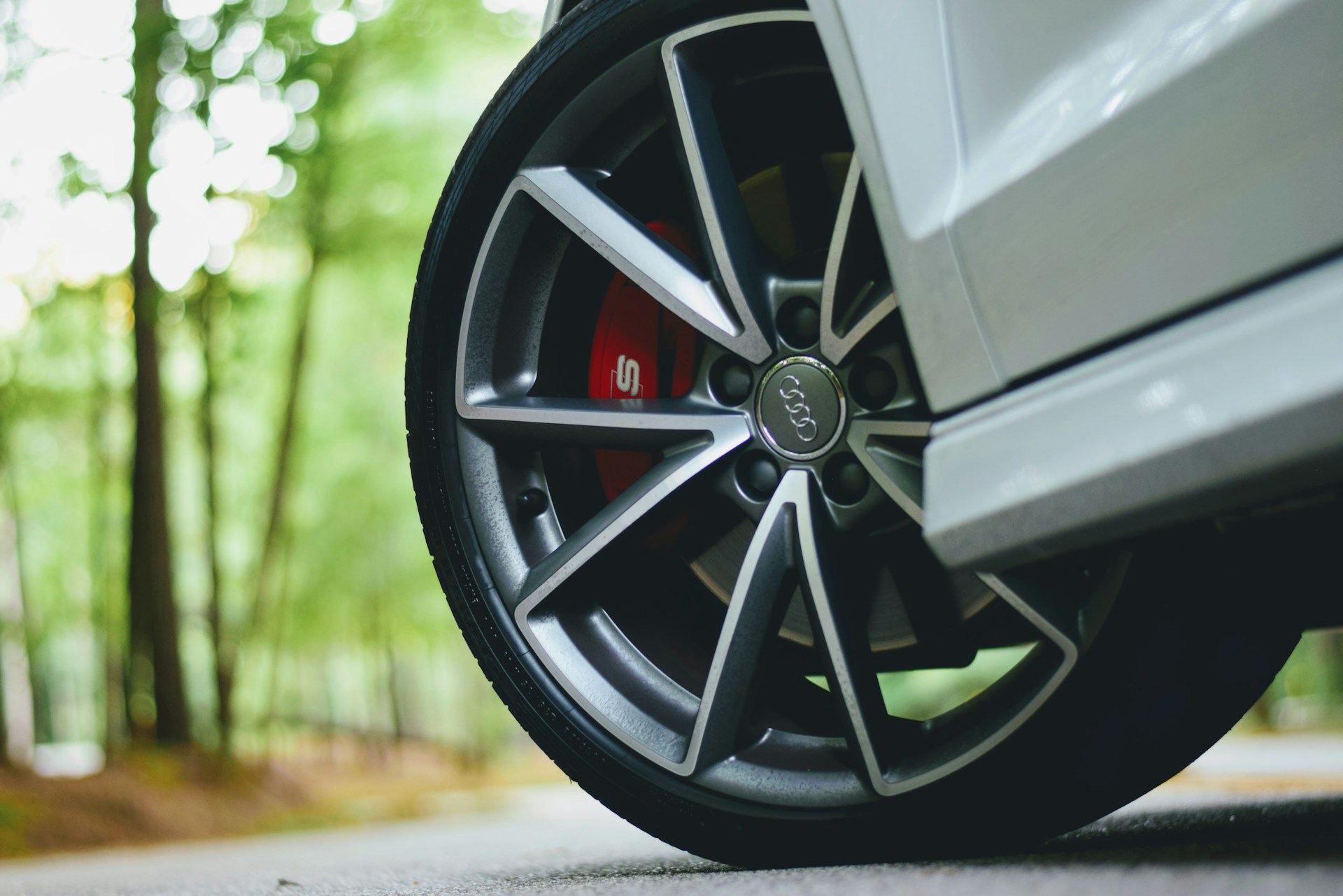The Impact of Seasonal Changes on Your Tires: A Comprehensive Guide
Seasonal changes play a significant role in the wear and tear of our tires, affecting their performance and overall safety. As temperatures fluctuate throughout the year, drivers need to be aware of how these variations can impact their vehicles. In this comprehensive guide, we will explore the various effects that seasonal changes have on your tires and wheels and provide essential tips to ensure optimal performance and longevity. From understanding tire pressure fluctuations during extreme heat or cold to selecting appropriate tread patterns for different weather conditions, this article aims to equip you with all the necessary knowledge to keep your tires in top shape throughout every season. Join us as we delve into the world of tire maintenance and discover how best to navigate through ever-changing weather conditions for safer journeys ahead.
The Effects of Temperature Fluctuations on Tire Pressure
Changes in temperature can have a significant impact on tire pressure. When temperatures rise, the air inside the tires expands and increases the pressure. Conversely, when temperatures drop, the air contracts and decreases in pressure. This fluctuation in tire pressure can affect various aspects of your vehicle’s performance and safety.
Underinflated tires due to cold weather can result in decreased fuel efficiency and poor handling. It can also lead to increased tread wear and potential blowouts. On the other hand, overinflated tires caused by high temperatures can reduce traction and increase braking distance, posing risks of accidents on hot pavement.
To ensure optimal performance and longevity of your tires, it is crucial to regularly check their pressure throughout changing seasons. Maintaining proper tire inflation within manufacturer-recommended levels will not only improve fuel efficiency but also enhance overall safety by providing better grip on different road surfaces regardless of varying weather conditions.
Choosing the Right Tread Pattern for Different Seasons
Choosing the right tread pattern for different seasons is crucial in maintaining optimal performance and safety on the road. In winter, when roads are covered with snow and ice, it is important to select tires with deep treads and various sipes that can provide superior traction. These tread patterns help to improve grip on slippery surfaces, reducing the risk of accidents.
On the other hand, during summer months, when roads are dry and hot, a different type of tire tread pattern is necessary. Tires with shallower treads or even slick tires can be more effective in providing better traction on dry pavement. This allows for improved handling and shorter braking distances in warm weather conditions.
Considering the impact of seasonal changes on our tires is essential for ensuring both long-lasting performance and overall safety while driving. By selecting appropriate tread patterns based on weather conditions, drivers can help minimize wear and tear while enhancing their vehicles’ capabilities in different seasons.
The Impact of Seasonal Changes on Tire Wear and Traction
The impact of seasonal changes on tire wear and traction is a vital consideration for drivers due to its significant effect on both performance and safety. Fluctuating temperatures can have adverse effects on tire longevity, with extreme heat or cold causing variations in tire pressure that can lead to increased wear. Additionally, different weather conditions require appropriate tread patterns to ensure optimal traction.
In extreme heat, tires tend to expand due to the increase in temperature, resulting in higher tire pressures than recommended by manufacturers. This can lead to accelerated wear and reduced grip on the road surface. Conversely, during colder temperatures or winter conditions, tire pressures tend to decrease as the air inside compresses. Insufficiently inflated tires not only suffer from increased wear but also compromise traction and vehicle control.
Choosing the right tread pattern for different weather conditions is crucial for maintaining good traction throughout the year. Tires designed specifically for wet roads have wider grooves and specialized sipes that provide better water dispersion, reducing the risk of hydroplaning in rainy seasons. Similarly, winter tires feature unique tread designs with deeper grooves and gripping edges that enhance traction on icy or snowy surfaces.
By understanding the impact of seasonal changes on their tires’ performance and taking necessary precautions such as monitoring tire pressure regularly and selecting appropriate treads based on weather conditions, drivers can maximize safety while prolonging their tires’ lifespan.
Essential Tips for Maintaining Tire Performance in Changing Weather Conditions
Seasonal changes can greatly affect the performance of your tires, making it essential to properly maintain them in changing weather conditions. As temperatures fluctuate throughout the year, drivers need to be aware of how these variations can impact their vehicles and take necessary precautions. This comprehensive guide aims to equip you with essential tips for maintaining tire performance in different seasons.
One important aspect to consider is tire pressure fluctuations during extreme temperatures. Cold weather causes a decrease in tire pressure, while hot weather increases it. It is crucial to regularly check and adjust tire pressure accordingly to ensure optimal performance and safety on the road.
Additionally, selecting appropriate tread patterns for different weather conditions also plays a vital role in optimizing tire performance. Tires with deep grooves are ideal for wet or snowy roads as they provide better traction and prevent hydroplaning. On the other hand, tires with less aggressive tread patterns are suitable for dry pavement conditions as they offer improved handling and fuel efficiency.
By following these essential tips, such as monitoring tire pressure regularly and selecting appropriate tread patterns, you can effectively maintain your tires’ longevity and overall safety regardless of changing seasonal conditions.

